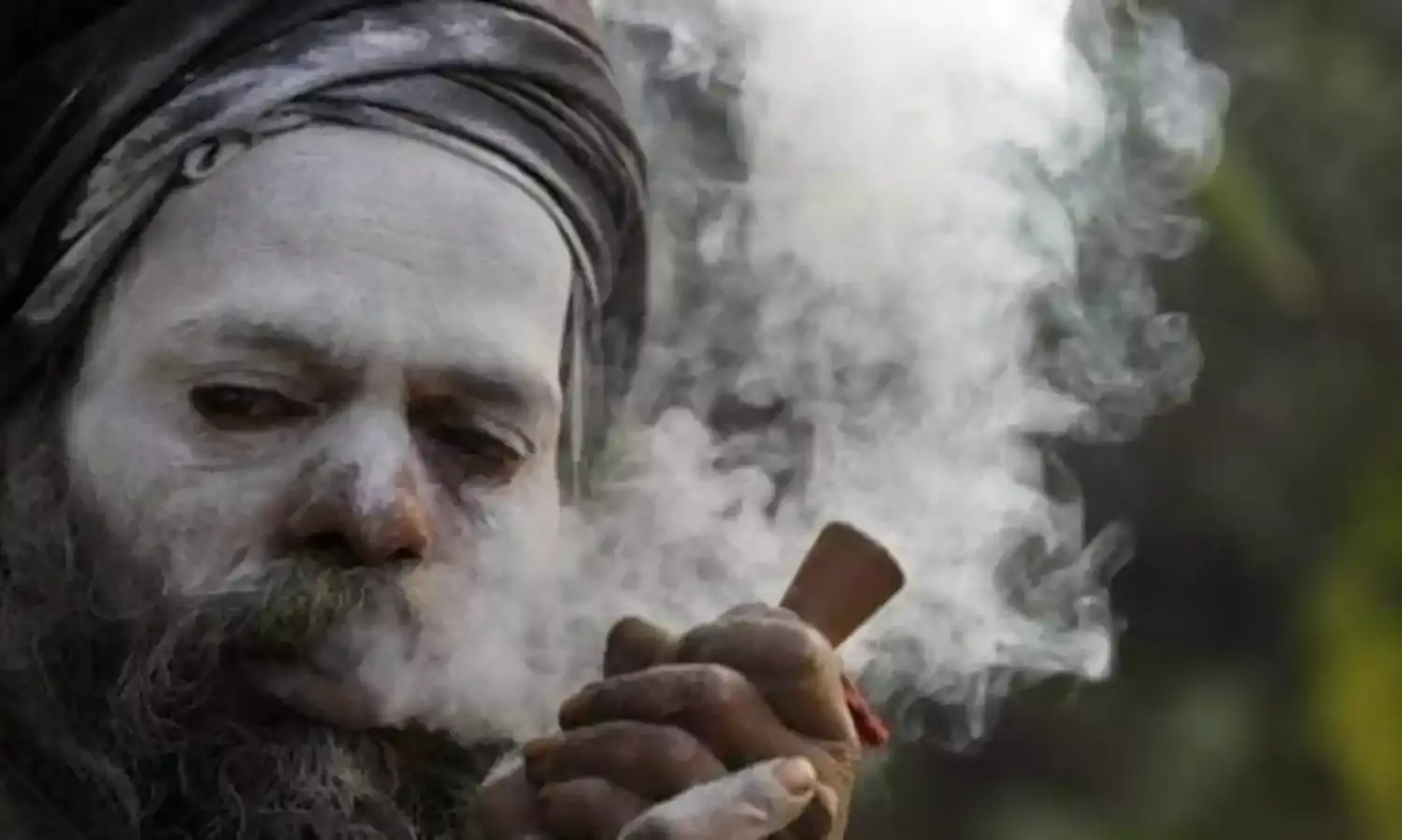Should Addressing Drug Trafficking be a 24x7 Soap Opera?
‘The NCB is not a private agency’

After the death of the rising Bollywood film star Sushant Singh Rajput in mysterious circumstances which haven’t yet been explained conclusively, a number of relatively young but successful Bollywood film actresses active on social media were suddenly called up by the NCB to appear for interrogations for the alleged possession, supply and consumption of drugs.
Some were interrogated for long hours, several times, and landed up in jail till they got bailed out. Extensive 24x7 coverage by TV channels and media reports purportedly based on briefings by the NCB suggested that these Bollywood celebrities had attended parties where drugs were used; they may have possessed 5–35 grams of cannabis and might have been procuring these drugs regularly from suppliers who might have links with an international drug cartel.
Thus the NCB was trying to unearth an international drug supply chain and hoping to bust it through the Bollywood film stars. Well, who would object if that was the prime objective and if the endeavour was based on solid evidence, and not driven by any other agenda.
These investigations disrupted the shooting schedules and work of the suspects, caused anxiety to them and their families, resulted in financial loss and projected them as if they were not film actors but petty drug peddlers and habitual drug abusers.
As a matter of fact, the saga of daily briefings and breaking news is tarnishing the international image of the Indian film industry, which along with the entertainment industry and digital medium generates annual business to the tune of USD 3 billion and employs around 5 million people directly and indirectly.
Regrettably, while the interrogations are on, the NCB sources leak out daily details of how a particular actress was scared and cried and how another was given a dressing down by the zonal director for arriving late. But the public isn’t informed of the eventual outcome of the whole high-octane soap opera.
Till now the NCB hasn’t made public the details of the total quantity of drugs recovered from film personalities, its value, the links if any with international cartels and details of charges or convictions. The NCB gives the impression as if it is a law unto itself, unanswerable to anyone.
The international drug trafficking industry was estimated to be worth USD 32 billion in 2019. Considerable quantities of drugs are transferred through India because of its proximity to the golden triangle of Myanmar, Laos, and Thailand and the countries forming the golden crescent of Pakistan, Afghanistan and Iran.
Punjab, the granary of India has been devastated by drug addiction: in 67% of rural households in Punjab at least one member is addicted to drugs. UP tops the list of those who inject drugs intravenously followed by Delhi and West Bengal. The Union Ministry of Social Justice and Empowerment estimated in 2019 that there are 3.6 crore cannabis users (charas, ganja and bhang) 63 lakh heroin users and 11 lakh opium users in India.
Therefore, shouldn’t the NCB be focusing its efforts and energies on addressing this menace, rather than focusing on glamorous film actors in investigations that attract huge media publicity but haven’t yielded concrete results so far?
Who would know better than Sunjay Dutt what drug addiction is and how it affected his family. He was totally out of action; his father, Sunil Dutt was devastated. But he sought the best possible medical help to get his son out of drug addiction and succeeded.
All the actresses from Deepika Padukone to Ananya Pande are sought-after actors with several films to shoot. If they were drug addicts, would they be able to concentrate on their work? Will their producers not notice their addiction? Who would like to sign a drug addict as the hero or heroine? Have the accused film actors even been subjected to medical tests to establish if they were hooked on the drugs?
The NCB is not a private agency; it is run by public money. So, the public has the right to demand a performance audit of the NCB’s highly publicized cases involving film personalities.
If there is incontrovertible evidence that they are drug peddlers in league with international drug cartels they should be prosecuted and punished. But if these are cases of some of them smoking grass at some filmi party once in a blue moon, there is no need to make a mountain out of a molehill.
As the Union Ministry of Social Justice and Empowerment has rightly suggested, people with a very small quantity of drugs which they might have consumed once in a while should be treated humanely as victims rather than hardcore drug suppliers. We shouldn’t make criminals out of them.
In the late 1960s, when the phenomenon of hippies was at its peak, in my alma mater the Allahabad University, which was called the Oxford of the East and used to contribute roughly 30% of the total civil servants recruited every year, scores of students could be seen with long hair and a small chilm in hand to puff on ganja!
The fad didn’t last long. In the last 20 years, half a dozen cabinet secretaries have come from Allahabad University. Mercifully there was no NCB in Allahabad then.
Shahrukh Khan isn’t the son of Dhirubhai Ambani who inherited a business empire. Starting from a TV serial called Fauji, he has reached his current iconic status through his hard work and talent. He has entertained millions of Indians with his films. Don’t portray him as the father of a drug peddler!
On Holi in Mathura, Brindavan, Varanasi and Haridwar lakhs of Indians down large glasses of bhang much stronger than ganja. Go after them!
Some NCB officers might be boasting at home how they made a certain actress cry before them. You got your kicks. Now lay off!
Surendra Kumar is retired from the Indian Foreign Service



